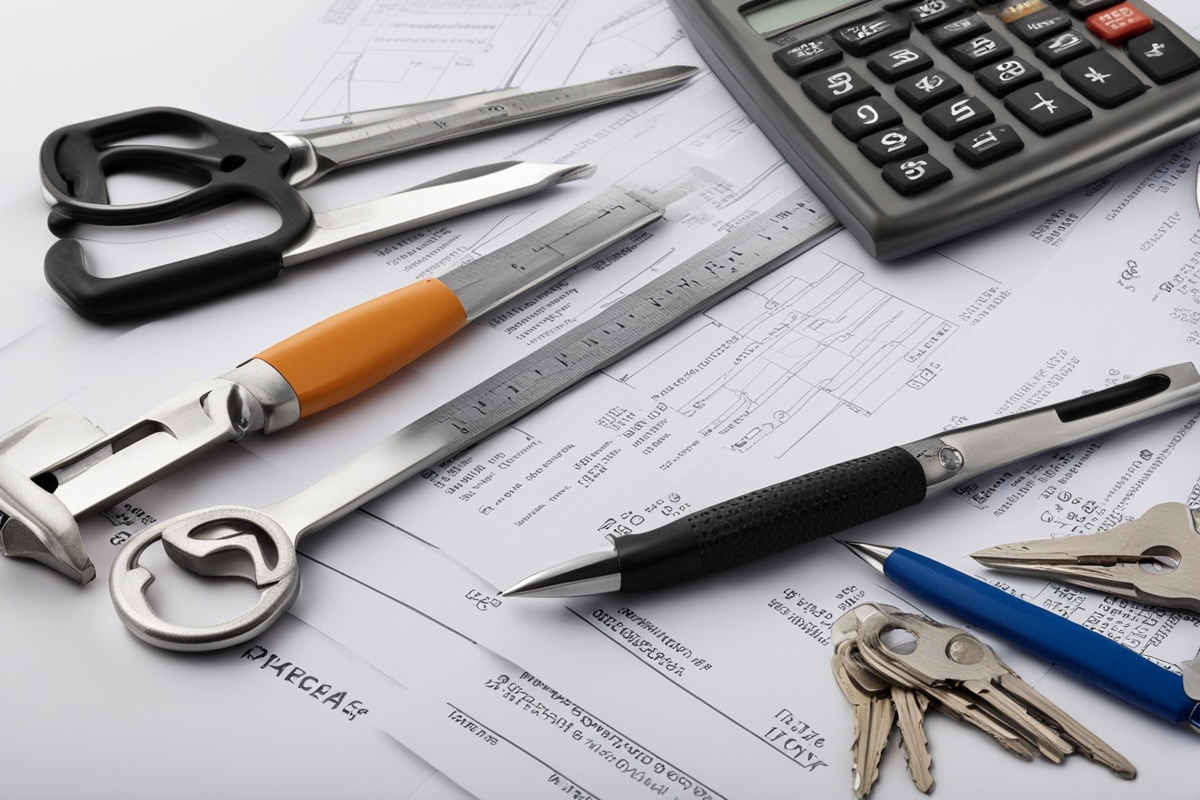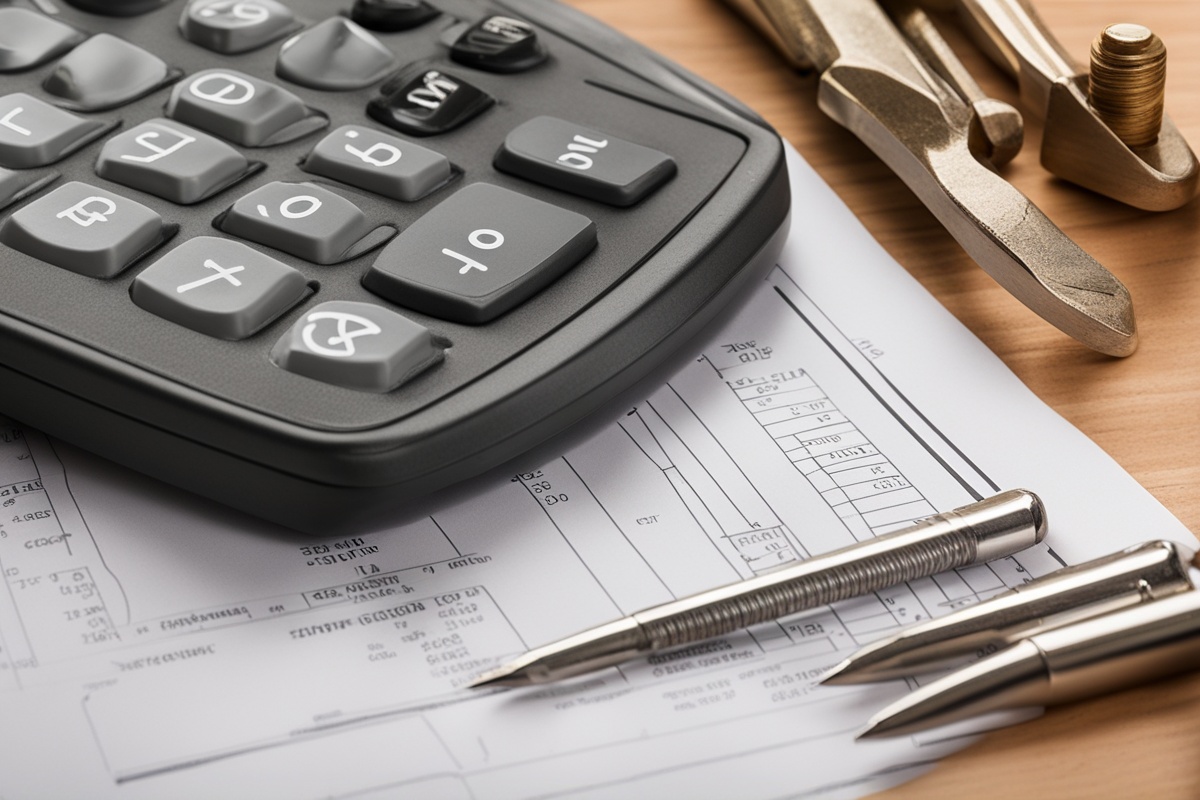In the realm of property recovery, whether you’re dealing with insurance claims, disaster restoration, or real estate investments, having precise data is critical. Accurate metrics for property recovery can make the difference between a successful claim or restoration project and a costly misstep. This post dives into the importance of these metrics, how to calculate them using reliable tools like calculators, and why precision matters in every step of the recovery process. Let’s explore how to leverage data for better decision-making and outcomes in property recovery.
Why Accurate Metrics for Property Recovery Matter
When a property sustains damage—be it from natural disasters, accidents, or wear and tear—the recovery process involves assessing the extent of the damage, estimating repair costs, and determining the property’s post-recovery value. Accurate metrics for property recovery provide a clear picture of these factors, ensuring that stakeholders, including property owners, insurers, and contractors, are on the same page. Without precise data, you risk underestimating costs, delaying repairs, or even facing legal disputes over inaccurate claims.
Using calculators and data-driven tools helps eliminate guesswork. These tools can quantify everything from structural damage to replacement costs, ensuring that every decision is backed by solid numbers. For instance, knowing the exact square footage of a damaged area can directly impact the cost of materials and labor, making accuracy non-negotiable.
Key Metrics to Track During Property Recovery
Several critical metrics should be measured to ensure a smooth recovery process. These include:
- Damage Extent: Measured in terms of area (square feet or meters) or percentage of the property affected. This helps in prioritizing repairs.
- Cost of Repairs: An estimate based on labor, materials, and additional expenses like permits or temporary housing.
- Time to Recovery: The estimated duration for completing repairs, which impacts insurance payouts and tenant agreements.
- Property Value Post-Recovery: A projection of the property’s market value after repairs, crucial for investors and insurers.
- Insurance Coverage Gaps: Identifying discrepancies between damage costs and policy limits to avoid out-of-pocket expenses.
By focusing on these metrics, you can create a comprehensive recovery plan. Tools like online calculators can assist in crunching these numbers quickly and accurately, saving time and reducing errors.
How Calculators Enhance Accuracy in Property Recovery
Calculators are indispensable for achieving accurate metrics for property recovery. They provide a structured way to input data—such as dimensions of damaged areas, material costs, or labor rates—and generate reliable estimates. For example, a repair cost calculator can break down expenses by category, ensuring no detail is overlooked. Similarly, a property value calculator can forecast post-recovery market worth based on local trends and repair quality.
Many of these tools are available online, often for free, and are tailored to specific aspects of property recovery. By integrating real-time data, such as current material prices or regional labor rates, these calculators ensure that your metrics remain relevant and precise. If you’re looking for a starting point, check out our Property Repair Cost Calculator to get detailed estimates for your next project.
Common Challenges in Measuring Property Recovery Metrics
Despite the availability of advanced tools, achieving accurate metrics for property recovery isn’t always straightforward. Some common challenges include:
- Incomplete Data: Missing information about the property’s original condition or the full scope of damage can skew calculations.
- Fluctuating Costs: Material and labor costs can vary over time, making initial estimates obsolete if not updated regularly.
- Subjective Assessments: Different contractors or adjusters might interpret damage differently, leading to inconsistent metrics.
To overcome these hurdles, it’s essential to document everything meticulously and use standardized tools. Cross-referencing your data with industry benchmarks, such as those provided in our Guide to Property Damage Assessment, can also help maintain consistency.
Steps to Ensure Precision in Property Recovery Metrics
Achieving accurate metrics for property recovery requires a systematic approach. Here are actionable steps to follow:
- Conduct a Thorough Inspection: Use checklists to document all visible and hidden damage. Consider hiring a professional inspector for complex cases.
- Gather Historical Data: Review property records, previous appraisals, and maintenance logs to establish a baseline for recovery goals.
- Use Reliable Tools: Leverage calculators and software to compute costs and timelines. Explore our Property Recovery Toolkit for a curated list of resources.
- Update Estimates Regularly: Revisit your calculations as new information or cost changes arise during the recovery process.
- Consult Experts: Engage with contractors, appraisers, and insurance adjusters to validate your metrics and ensure compliance with regulations.
Following these steps can significantly enhance the accuracy of your data, leading to better outcomes for all parties involved.
Benefits of Accurate Metrics for Long-Term Property Management
Beyond immediate recovery, accurate metrics for property recovery have long-term benefits for property management. Precise data helps in negotiating better insurance premiums by demonstrating a history of well-documented claims and repairs. It also aids in strategic planning for future investments, as you’ll have a clearer understanding of a property’s resilience and repair costs over time.
Moreover, accurate metrics build trust with stakeholders. Whether you’re dealing with tenants, buyers, or insurers, presenting reliable data fosters confidence in your decisions. For more insights on leveraging data for property management, refer to our Property Investment Analysis Guide or explore our Insurance Claim Calculator to streamline future claims.
Disclaimer: The information provided in this post is for general informational purposes only and should not be considered professional financial, legal, or technical advice. While we strive to ensure the accuracy of the content and tools mentioned, property recovery involves complex factors that may vary by situation. Always consult with qualified professionals, such as contractors, insurance adjusters, or legal advisors, before making decisions based on the metrics or calculators discussed here. We are not liable for any losses or damages resulting from the use of this information.
References
- FEMA – Damage Assessment Guidelines
- Insurance Information Institute – How Property is Valued
- NIST – Cost Analysis for Disaster Recovery and Mitigation
- American Red Cross – Disaster Relief and Recovery Services
- HUD – Property Recovery Resources
This content is for informational purposes only and not a substitute for professional advice.





